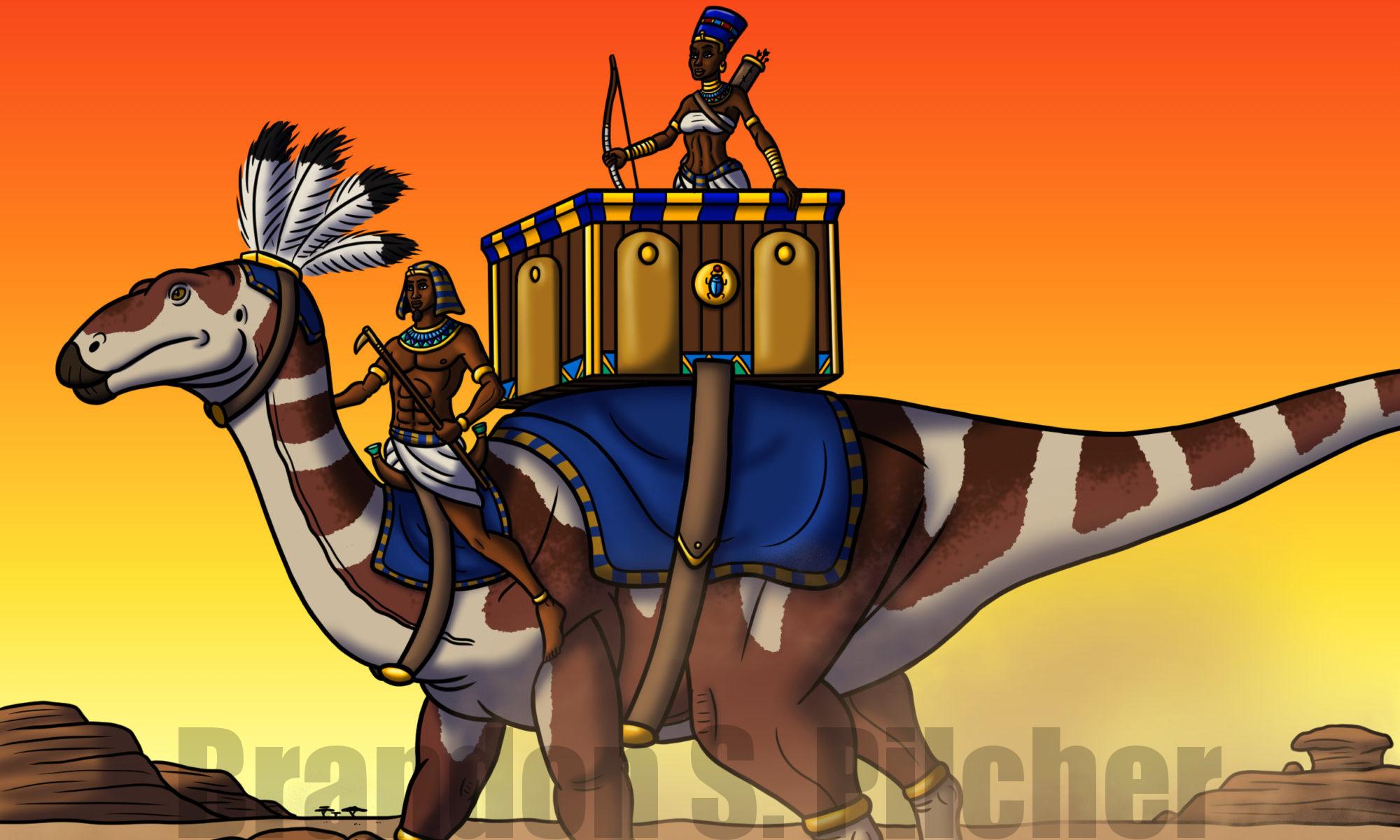This Natufian woman from around 15,000 to 11,500 years ago appears to be deep in thought as she gazes upon the landscape that will become the area encompassing modern Israel and Palestine, Lebanon, and Syria. A culture of hunter-gatherers who settled in permanent villages, the Natufians are believed to be the immediate precursors to some of the earliest Neolithic farmers in the Fertile Crescent.
If you’re wondering why my Natufian woman here looks “African”, physical anthropologists examining the Natufians’ skeletal remains have reported a vague resemblance to those of various African peoples. Furthermore, archaeologists such as Ofer Bar-Yosef have suggested their lithic technology was influenced by that of earlier Egyptian peoples known as the Mushabians.
More recently, Natufian genomes from the site of El Wad in Israel appear to show that they did have some ancestry (around 27%) from northern Africa, which the researchers called “Ancestral North African” (or ANA for short). Another, earlier study found that an even larger proportion of their ancestry (amounting to around 44%) came from a population called “Basal Eurasian”, which could also be Northeast African due to lacking almost any of the admixture from Neanderthals seen in truly Eurasian peoples.

